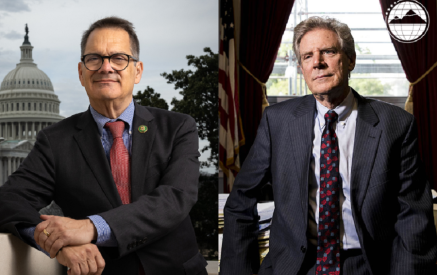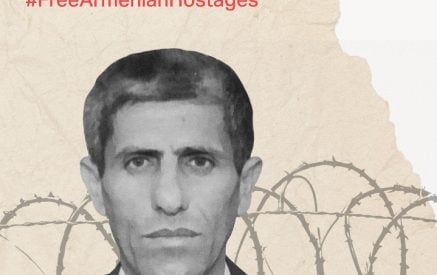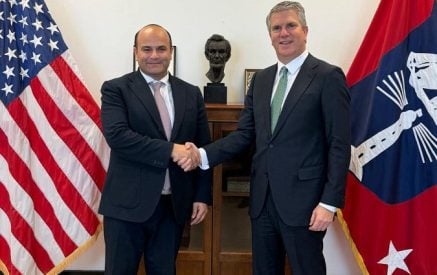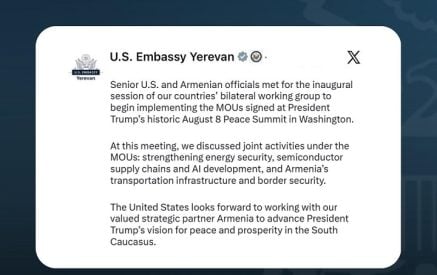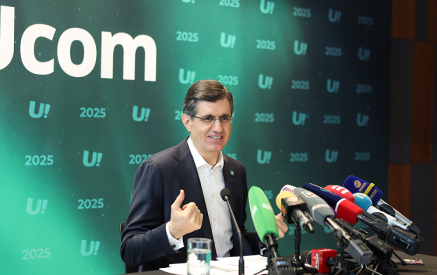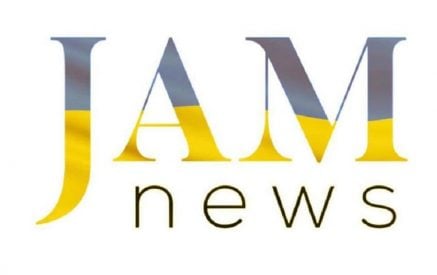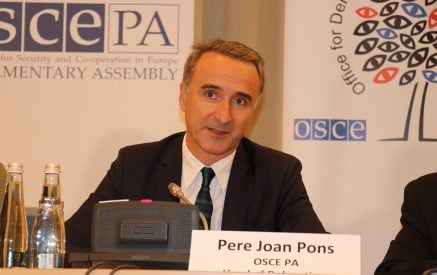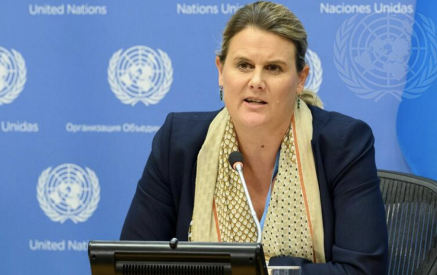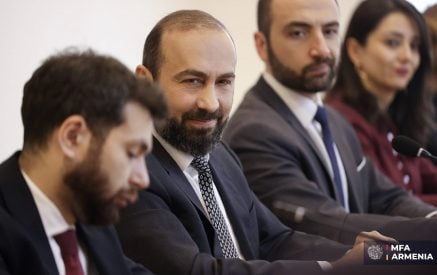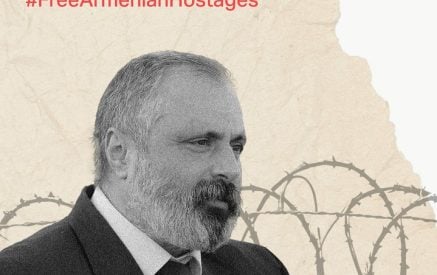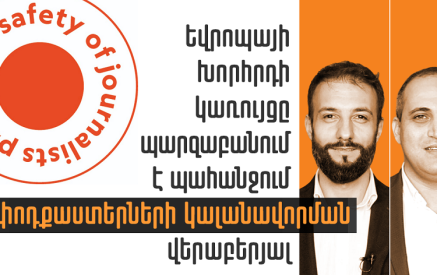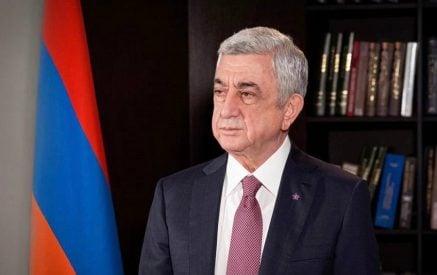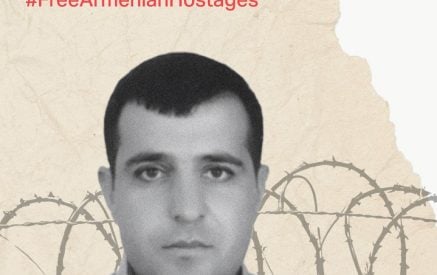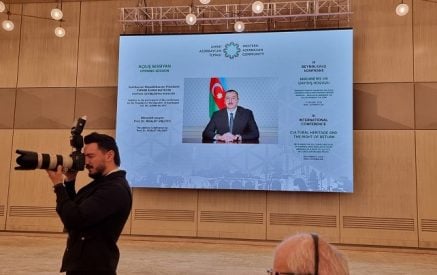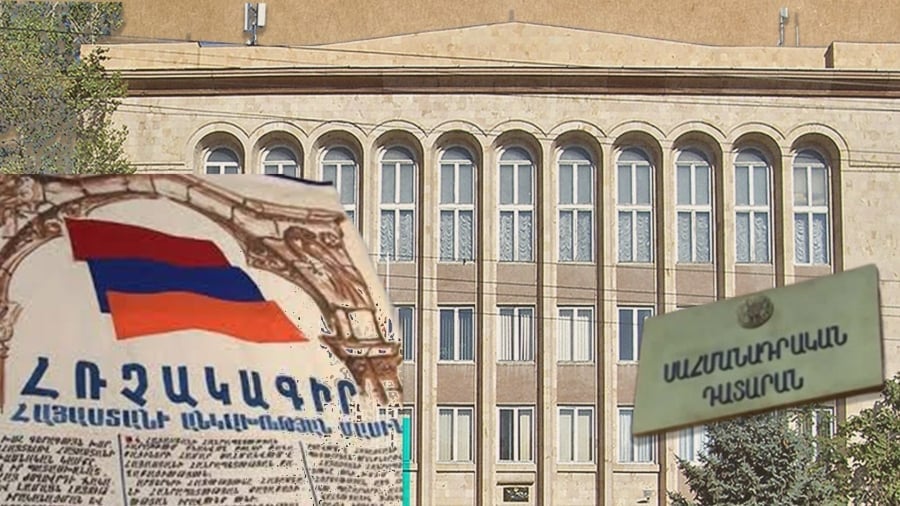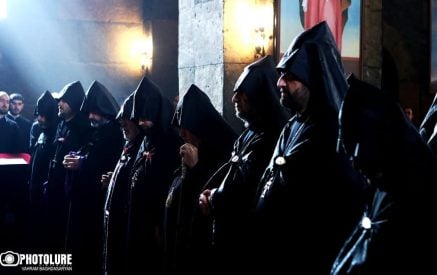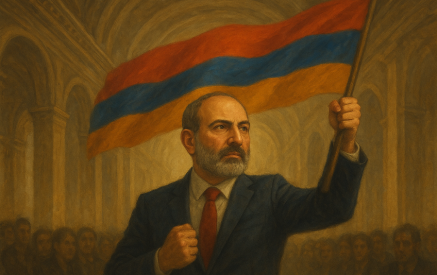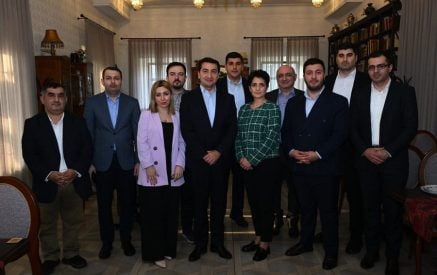The current Constitution allows Pashinyan to reproduce himself in power indefinitely. It is clear that this norm will be preserved in the Constitution of the so-called “Fourth Republic.”
Formally, Armenia’s system of government is “parliamentary,” yet in reality it is presidential. The president—called the “prime minister” in our version—can be re-elected an unlimited number of times, pretending that it is not he who is being re-elected but his party. It is also clear that Pashinyan is not the kind of leader who would voluntarily limit his own powers or his ability to stay in office.
What kind of powers are we talking about? Let me give an example from Ara Tadevosyan’s book “David Tonoyan: The Army, Politics, the War.”
“I have a question—who was Nikol Pashinyan (on September 27, 2020, the day martial law was declared)?” asks the former defense minister. “Was he the supreme commander-in-chief or not? According to the Constitution and the law—no. But in fact, he had taken on that role.”
Thus, during the war, Pashinyan made all the decisions, yet in the defeat he is “not to blame”—it was, supposedly, the Russians, the ‘fifth column,’ and eleven thousand deserters who “did this poor fellow in.”
This is just one example of how the distribution of powers and responsibilities remains vague. In this case, that vagueness was one of the causes of the national tragedy itself.
Read also
Naturally, the authorities will do everything they can to foist their version of the Constitution on the public—using pressure, administrative levers, and repressive measures, all while continuing to declaim about the “will of the people.” In reality, the current Constitution suits Pashinyan perfectly—except for one detail: the reference to the Declaration of Independence, which must be removed at Azerbaijan’s demand. That, in fact, is the main reason behind this entire “constitutional reform” process.
You might ask, is it really worth launching such a process just to delete a single sentence? To that I would remind you that in 2020 Pashinyan was already preparing to change the Constitution through a referendum—just to remove Hrayr Tovmasyan from the post of Constitutional Court chairman.
Perhaps the opposition should consider drafting its own version of the Constitution—one aimed at real, structural reform, not at pleasing Aliyev by erasing one sentence. On the contrary, the reference to the Independence Declaration must remain.
Personally, I would like to see Armenia return to a presidential or semi-presidential system—where the president, in peacetime as well as under martial law or during war, serves as the Commander-in-Chief of the Armed Forces.
Most importantly, the president should be allowed to serve no more than two five-year terms, and under no constitutional reform or re-declaration of a “Fifth” or “Sixth Republic” should he have any opportunity to run for a third term.
Naturally, presidential powers must be balanced by Parliament and the Constitutional Court—through mechanisms such as overcoming a presidential veto, impeachment procedures, and participation in key appointments.
Yes, Germany is a parliamentary republic—but that country has eighty years of democratic experience.
Ours, at this moment, is zero.
Aram ABRAHAMYAN


